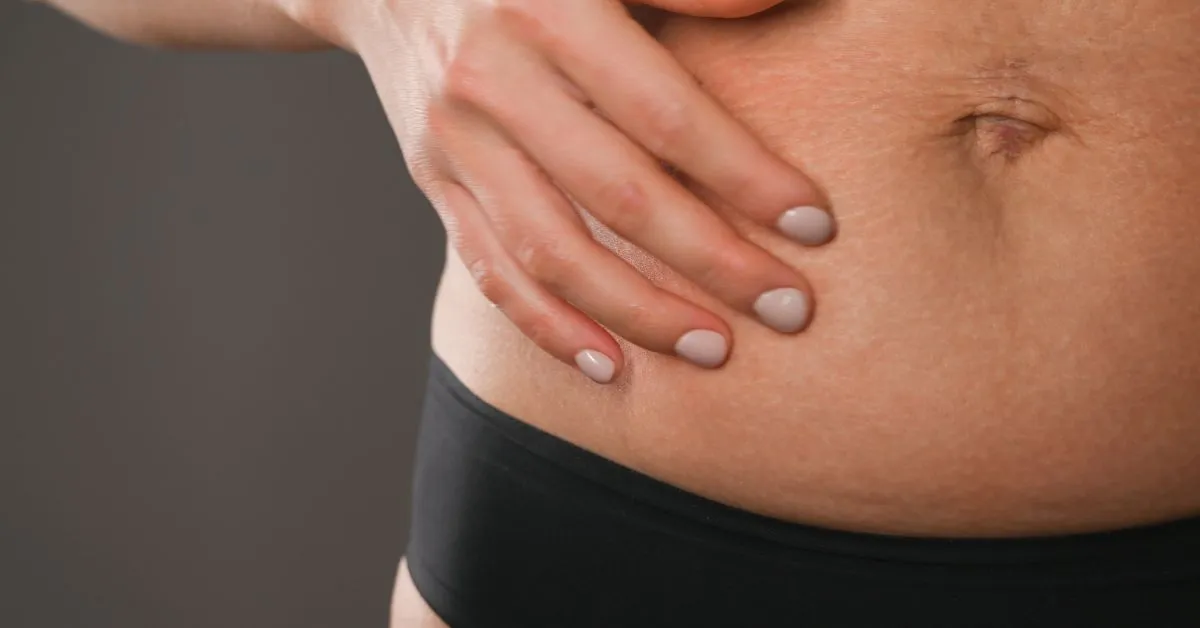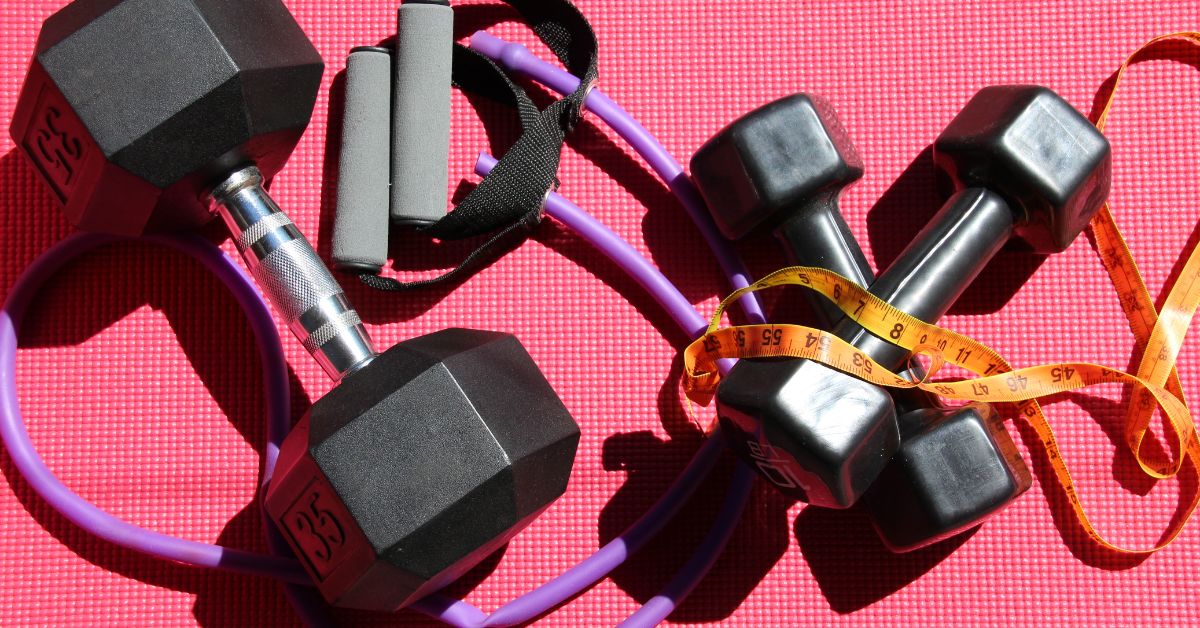The “liposuction recovery period” refers to the length of time needed for a person to fully recover following liposuction surgery. The overall procedure, the technique employed, and the patient’s general health and healing capacity all influence how long recovery takes.
Depending on the degree of the liposuction and the patient’s reaction to the treatment, the recovery period might last anywhere from a few days to several weeks.
Here, we will discuss how much time it will take for liposuction recovery, common symptoms, complications, and risks. We have added some tips to make the liposuction recovery as smooth as possible.
Liposuction Recovery Time: How Long Will It Take?
Variables that can affect liposuction recovery time are:
- Degree of the liposuction treatment
- Patient’s general health
- Body’s healing process
Most patients can return to normalcy on the same day of the surgery. However, if a significant amount of fat has been removed, then you need to stay in the hospital for observation (1 night).
There are four stages of recovery. Let’s check them out.
- First 3 days: Using compression clothing during the initial healing phase after liposuction is normal to assist in minimizing swelling and accelerating healing. During this time, pain, swelling, and bruising are frequent, and the patient may require pain medication to ease discomfort. Drainage tubes might be inserted, depending on how much fat was suctioned, to help drain extra fluid from the treatment area.
- Week 1-2: After taking proper rest for 1-2 weeks, you will notice less soreness and pain. Many people can return to their work after 2 weeks. Nonetheless, if your job demands physical activity, then you need to take a few more days off.
- Weeks 3-5: During this time, you won’t be feeling pain or soreness. There might be swelling, but it’s normal. In fact, swelling takes a few months to fully subside. However, you will notice visible results during these weeks.
- Week 6 and more: At this point, you no longer need to wear compression clothing. Further, you can resume physical activities unless the doctor has ordered otherwise. Majority of swelling and bruising might have subsided by now, and you can clearly notice liposuction results.
Note: To speed up your liposuction recovery time, it’s also crucial to maintain a healthy diet and way of life. This involves drinking enough water, eating nutritious food, and avoiding alcohol and cigarettes.
Common Symptoms During Liposuction Recovery

After liposuction, some typical symptoms that may appear include:
- Swelling: After liposuction, swelling is a typical side effect that might take weeks or even months to completely go away.
- Bruising: Bruising is another common side effect of liposuction, and it may last for a few weeks.
- Pain: Pain following liposuction is normal and you can take over-the-counter or prescription painkillers on doctor’s prescription to manage pain.
- Numbness or tingling: After liposuction, numbness or tingling in the treated area is not unusual.
- Discomfort: When recovering, discomforts such as soreness or stiffness might also happen.
- Fluid drainage: It’s usual for some fluid to leak from the incision sites.
- Restricted activity or limited mobility: Patients may have these side effects for a while after the treatment.
Note: You should get in touch with your surgeon right away if you develop any severe or worrisome symptoms, such as heavy bleeding, fever, or infection.
Restrictions On Activities And Exercise During Liposuction Recovery
Strictly follow your surgeon’s instructions to guarantee normal healing and prevent any issues after liposuction. While recovering from liposuction, frequent limits on exercise and activity include:

- Rest: After liposuction, it’s critical to take plenty of rest. Exercise should be avoided for at least two to four weeks following the surgery.
- Compression clothing: You’ll be told to wear compression clothing to reduce swelling. This also will help in your body’s natural healing process. Following surgery, these clothes should be worn for a few weeks.
- Exercise: For at least two to four weeks following surgery, you should refrain from engaging in any physical activity that raises your heart rate or blood pressure, such as running or weightlifting.
- Saunas and hot tubs should be avoided until your surgeon gives the “green signal,” as heat can exacerbate edema.
- Lifting: Refrain from lifting anything heavy for at least two to four days.
When To Return To Work After Liposuction
Depending on the type of work people do, most people can return to work a few days to a week after the treatment.
The recovery period may be shortened if the liposuction operation is minimally invasive. For example, in the case of laser or ultrasound technologies applications, you may be able to go back to work in only a few days.
The recovery period, however, can be longer if the operation is more complex, such as removing a sizable amount of fat. Here, you might need to take a week or more off from work to rest and recover.
To ensure a safe and effective recovery, the surgeon will give you detailed instructions on when you can return to work and any activity limitations or post-operative care that you need to adhere to.
Follow-Up Appointments And Monitoring After Liposuction
- Initial follow-up appointment: A day or two following surgery, your surgeon will often schedule a follow-up appointment to inspect the incision sites and remove any drains or bandages.
- Post-operative visits: To monitor your recovery and make sure you’re healing properly, you’ll probably need to make many post-operative visits to your surgeon over the coming weeks.
- Compression garments: Your surgeon will verify that you’re wearing them correctly during your follow-up appointments.
- Activity level: By checking your healing process, your surgeon will advise you when you can go to work or start exercising.
- Results: Once the swelling goes down, you’ll start to see the liposuction results. Moreover, your surgeon will want to keep an eye on you to make sure you’re pleased with the outcome.
- Long-term monitoring: To keep the effects of liposuction, it’s critical to continue living a healthy lifestyle. Long-term follow-up appointments should be arranged to track your recovery and ensure the outcomes are long-lasting.
Risks And Complications To Watch For During Liposuction Recovery
Some dangers and complications could happen throughout the healing process, just like with any surgical surgery. The followings are some dangers and issues to look out for:
- Infection: Each surgical operation has the danger of infection. Fever, redness, swelling, and pus at the site of the incision are indications of infection.
- Blood clots: Following surgery, particularly if the patient is not moving about enough, blood clots may form in the legs. Swelling, discomfort, and warmth in the affected limb are signs of blood clots.
- Seroma: A seroma is a fluid-filled pocket that may form beneath the skin following surgery. Swelling, soreness, and discomfort may result from it.
- Numbness: After liposuction, numbness is typical and can continue for a few weeks. Although it normally goes away on its own, sometimes it might be persistent.
- Skin irregularities: Liposuction can leave bumps or dents on the skin, particularly if too much fat is removed or the skin does not heal adequately.
- Scarring: Even though liposuction incisions are typically minor, scarring is still a possibility. The scars could occasionally be apparent or elevated.
- Liposuction complications due to anesthesia: As liposuction is done under anesthesia, complications like allergic reactions or breathing issues may arise.
Tips For A Smooth And Successful Liposuction Recovery
Here are some pointers for a quick and effective liposuction recovery:
- Adhere to your surgeon’s post-operative recommendations
- Wear compression clothing
- Take it easy and avoid strenuous activities
- Keep hydrated and maintain a nutritious diet
- Take painkillers to control pain and suffering (as per your doctor’s advice)
- Never miss follow-up visits
- Have the patience to see visible results
Final Words
It’s crucial to adhere to your surgeon’s precise recovery recommendations because recovery times and limits can change depending on the complexity of your liposuction surgery and how quickly you heal on an individual basis. Thus, to guarantee appropriate recovery and the greatest outcomes, it’s essential to follow post-operative instructions and attend all follow-up sessions with the surgeon.
Reference
https://www.plasticsurgery.org/news/blog/what-you-need-to-know-about-your-liposuction-recovery
https://www.plasticsurgery.org/cosmetic-procedures/liposuction/recovery

